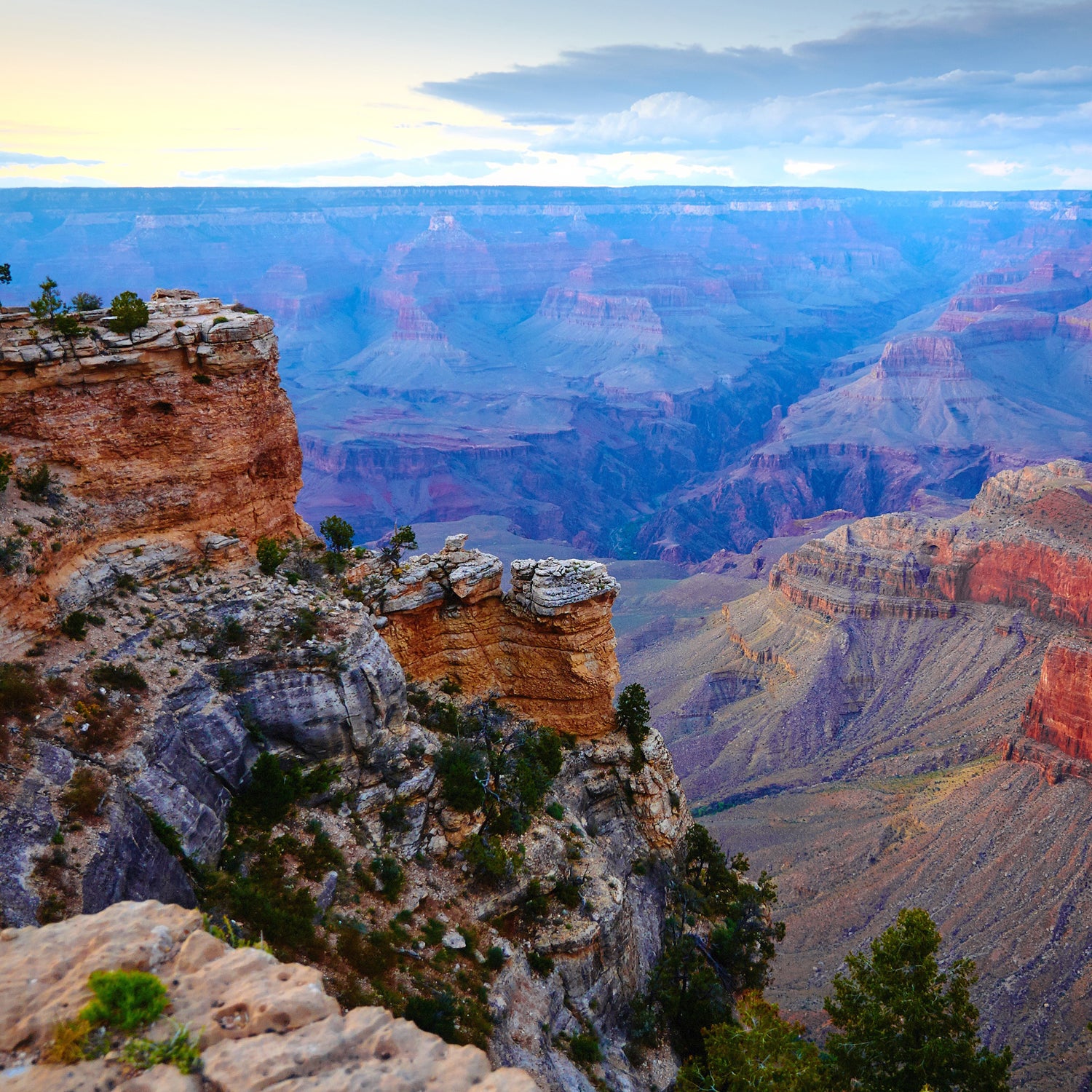Canyon Mine is back open for business. U.S. District Court judge David Campbell ruled in favor of the U.S. Forest Service last week, saying that conservation groups and the Havasupai tribe didn’t show that the Forest Service violated environmental laws when it approved reopening the uranium mine, . The mine lies six miles from the Grand Canyon’s South Rim.
Environmental groups filed the lawsuit against the Forest Service in 2013, arguing that since the mine was approved in 1986, the environmental impact statement is out of date. The Havasupai, as co-plaintiffs, say that the area around the mine, Red Butte, is sacred and the Forest Service didn’t adequately consult with them before giving the go-ahead to reopen, .��
With the ruling, Energy Fuels Resources can resume operations at the site.��The Havasupai tribe is meeting to determine if it will appeal the judge’s decision.
Canyon Mine operated for four years after its opening but shut down in 1990 when uranium prices dropped, according to �����ԹϺ��� Journal. Permission was granted for the mine to reopen in 2012 without an updated environmental assessment. The Forest Service designated the Red Butte Traditional Cultural Property in 2010, given the area’s religious and cultural importance to the Havasupai. A says that the designation means Red Butte is eligible for inclusion on the National Register of Historic Places, and that by reopening the mine, the Forest Service violated the National Historic Preservation Act by not consulting the tribes. The court rejected these claims, asserting that the tribe was properly consulted.
There is evidence that waste from uranium mining can contaminate the aquifer and streams that flow into the Colorado River. “Over the last two decades, we’ve learned how uranium mining can pollute aquifers that feed Canyon springs and Havasu Falls,” Roger Clark of the Grand Canyon Trust said in a statement. “But the Forest Service has ignored that information and failed to require Energy Fuels to take reasonable steps to prevent contamination of water, sacred sites, and public lands.”


